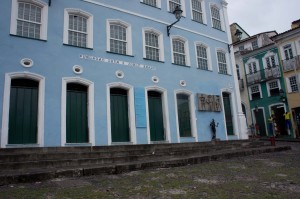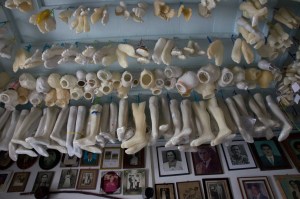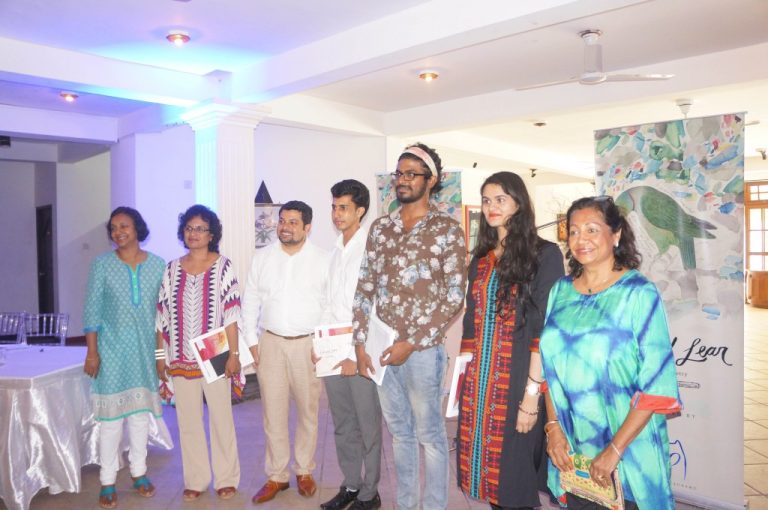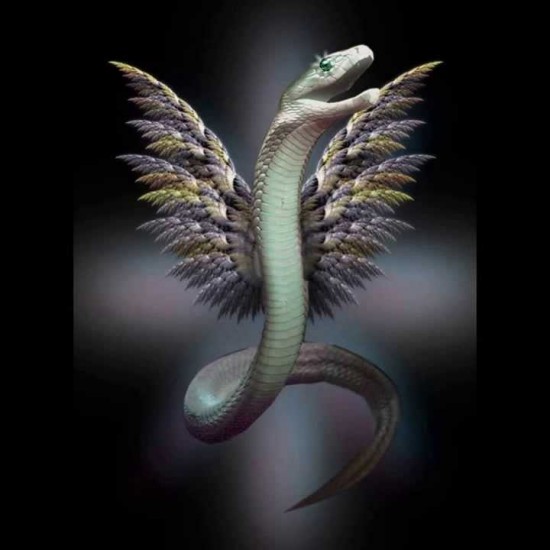On the way to Paraty
Sitting under a willow tree, near the cobbled streets of Paraty, I am wondering why book lovers would make the long journey to this International Literature Festival. Our journey has taken a month, as we decided that if we wanted to go to the Festival we should also have a good look around Brazil. We have probably done some of the things we were told tourists should never do, but we have also experienced comfort and life in the raw.

We house swapped in Salvador, a lovely beach house, overlooking the Ocean. We spent our days reading and gently swinging in hammocks. I read a couple of books that have been on my list for a while. The Corrections by Jonathan Franzen was on the list because he is coming to Paraty and I hope to ask him about the book and why he comes to Brazil. I also read Love in the time of Cholera. The love story takes place in some unknown Caribbean town around 1880-1930. Salvador, in places, seemed to be set in the same period, dirty, smelly cobbled streets, with military police carrying guns on most corners, whilst at the same time rich Brazilians live, work and play around a few security laden roads, enjoying lavish apartments. We visited the museum that celebrates the life of the Brazilian author Jorge Amado. He wrote Dona Flor and Her Two Husbands, an entertaining sensuous novel. The story is set in the 1940s. Flor, runs a cooking school in her home in Salvador. She is married to Vadinho, who gambles his wife’s money, slaps her around, frequents brothels, and is a master con artist who can charm even the local priest. His only redeeming quality is that he knows exactly how to tap into Flor’s deepest sexual desires. But during one riotous night of Carnaval frivolity, Vadinho drops dead. Amado’s books are filled with colour. He takes time to express in detail, the nature and richness of Brazilian culture. He uses many words. He won’t appeal to someone interested in a quick read, but for those who love a good story, spiced with exotic details, unusual characters, comedy, emotion, and raw passion, Dona Flor is wonderful.

As we travel around Brazil, what is obvious is the hold religion and superstition has on the people. In Salvador we visited a few churches. One church in particular had many wax body parts hanging from the ceiling – prayers and thanks in wax form for health. The church was full of people asking for help. It was surreal, but at the same time very raw.

Salvador is divided into an upper and a lower city, the upper one being the administrative and religious area and where the majority of the population at one time lived. It seems now that they are trying to revive it for tourism, but quite a lot of work still needs to be done and it would not be safe at night to wander around. The lower city is now where most people, especially the wealthy, live. It was and still is the financial center, with a port and market. In the late 19th Century, funiculars and an elevator, the Elevador Lacerda, were built to link the two areas. Here are just a few facts from wikipedia.
Salvador was the capital city of the Portuguese viceroyalty of Grão-Pará and its province of Baía de Todos os Santos. The Dutch admiral Piet Hein of the West Indian Company captured and sacked the city in May 1624, and held it along with other north east ports until it was retaken by a Spanish-Portuguese fleet in May 1625. It then played a strategically vital role in the Portuguese-Brazilian resistance against the Dutch.

